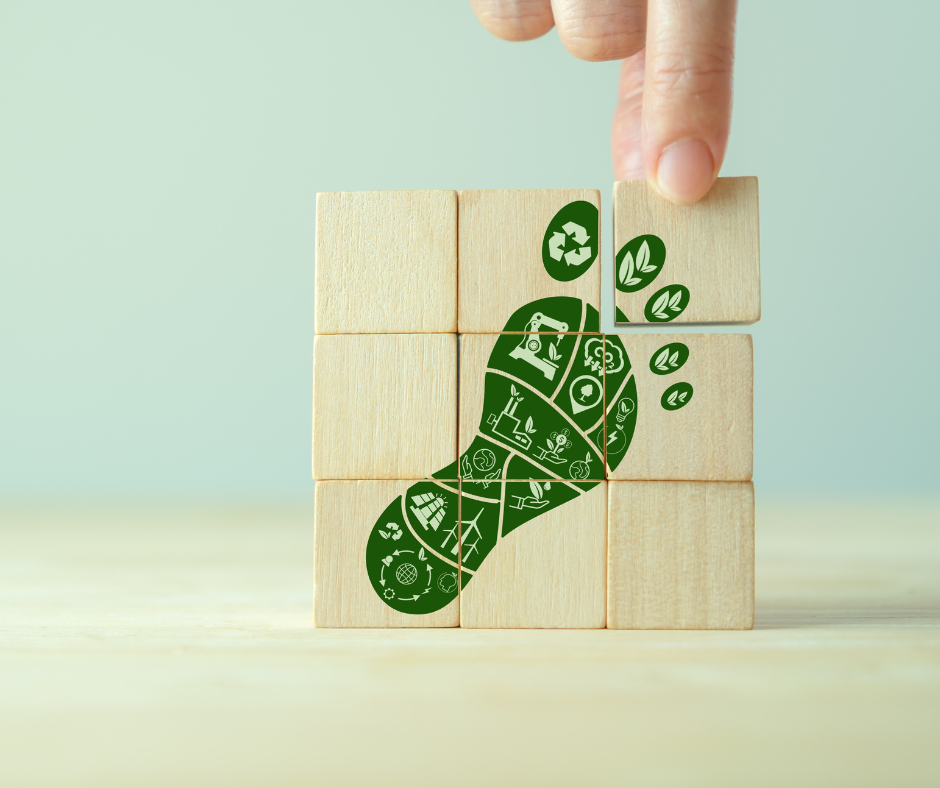Solvent Recovery Services: 3 Ways Your Business Can Benefit
Hazardous waste is often associated with pollution and regulatory headaches. However, there’s a silver lining.

The proper storage of flammable liquids stands as a critical line of defense against potential disasters.
How you handle volatile substances in warehouses, factories, and other industrial facilities can be the difference between a secure environment and a hazardous situation.
Here are important best practices for properly storing flammable liquids and why accountability for these flammable materials shouldn’t stop when storage is no longer required.
Storing flammable liquids correctly is crucial for ensuring safety in any environment where these substances are used. 
Putting routine procedures in place to maintain a safe environment helps prevent accidents and helps you maintain a controlled workspace.
Here are 8 best practices to help you meet flammable liquid storage requirements on site:
Using approved containers for flammable liquids is one of the most important best practices to maintain a safe workplace. Always store flammable liquids in containers that meet regulatory standards. These containers should be designed specifically for the type of liquid being stored in them.
Types of containers include safety cans (used for smaller quantities), drums (used for larger quantities) and totes (used for the largest quantities ranging from 275 to 330 gallons).
The National Fire Protection Association (NFPA) classifies flammable and combustible liquids into six classes: I-A, I-B, I-C, II, III-A and III-B. Which classification a flammable liquid falls into determines how much of the liquid is legally allowed to be stored in a specific container.
|
Type |
Class I-A |
Class I-B |
Class I-C |
Class II |
Class III- A – B |
|
Glass or approved plastic containers |
1 pint (0.47L) |
1 quart (0.94L) |
1 gallon (3.79L) |
1 gallon (3.79L) |
1 gallon (3.79L) |
|
Metal containers |
1 gallon (3.79L) |
5 gallon (18.95L) |
5 gallon (18.95L) |
5 gallon (18.95L) |
5 gallon (18.95L) |
|
OSHA-compliant safety cans |
2 gallon (7.58L) |
5 gallon (18.95L) |
5 gallon (18.95L) |
5 gallon (18.95L) |
5 gallon (18.95L) |
Source: UC San Diego
You can read more about these guidelines and the types of flammable liquids that fall within them in our article, Flammable And Combustible Liquids Fall Into Which Fire Classification?
When storage of flammable liquids is no longer needed, following best practices to ensure safety doesn’t end there. In fact, properly disposing of flammable liquids becomes your next focus.
However, choosing how to dispose of flammable liquids can be challenging since you may have different options available to you and the toxicity and dangers of the substances still require careful planning.
Solvent distillation, a popular method for disposing of flammable waste, continues to gain traction in the industry today. This process not only offers businesses a safe method for disposing of their flammable waste but also provides a significant step in boosting a company’s sustainability.
What is solvent distillation? Solvent distillation is a process that recovers and purifies used solvents, allowing them to be reused. This process ultimately reduces waste and environmental impact.
Samex Environmental accepts a wide range of halogenated and non-halogenated solvents for solvent distillation, including acetone, methanol, toluene, xylene and dichloromethane.
After spent solvents are transported to our solvent distillation facility, the process involves completing four steps:
During the heating process, the liquid mixture of the solvent and other components is heated to increase the temperature of the solvent. Heat is important to drive the separation process by providing the energy needed to vaporize the solvent. The specific temperatures and conditions present during solvent distillation can vary based on the solvents' properties and the separated substances.
During the vaporization process, the solvent undergoes a phase change from liquid to vapor due to the rising temperatures. This leaves behind any non-volatile components.
The solvent vapor is cooled and condensed back into a liquid form. This causes the solvent to separate from the original mixture. The condensed solvent is then collected. The remaining substances, or residues, are left behind.
Compared to other disposal methods like incineration, solvent distillation allows companies to improve their sustainability initiatives by ensuring nothing is wasted. Samex achieves this by:
In addition to resource conservation, solvent distillation can help your company save on transportation costs if your facility is located in the Southwest United States. Samex operates a state-of-the-art solvent distillation plant and waste to energy technologies just across the Mexico border in Tijuana.
You can read more about how this close proximity helps you meet your cradle to grave requirements in our article, Cradle To Grave Responsibilities For Generators.
Reclaiming and purifying solvents for reuse can also lower costs by allowing recovered solvents to be reintegrated into the manufacturing process. By minimizing the volume of flammable solvents kept on-site, you lower the risk of potential accidents.

Hazardous waste is often associated with pollution and regulatory headaches. However, there’s a silver lining.

When handling flammable liquids in a factory setting, proper storage is not just a matter of convenience. It’s a critical safety measure that helps...

Discover the essential regulations and guidelines for the safe disposal of flammable liquid waste. Understand the importance of proper handling and...